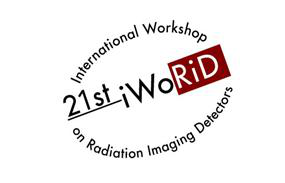Speaker
Description
A highly performing muon system has been fundamental to achieve many of the physics results obtained by CMS during the LHC Run-2. The CMS muon spectrometer presently consists of three detector technologies covering different regions of pseudorapidity. Drift Tube chambers (DT) equip the CMS muon system barrel, whereas Cathode Strip Chambers (CSC) are installed the CMS end-caps; both are used for offline tracking and provide trigger capabilities. In addition, Resistive Plate Chambers (RPC) complement DT and CSC in both barrel and end-caps, and are mostly used in the trigger. Finally, at different stages of the CMS upgrade programme, the end-caps of the muon spectrometer will be equipped with multiple layers Gas Electron Multiplier (GEM) chambers. A slice test consisting of 10 GEM chambers was successfully operated in 2018, in parallel to the rest of the muon system, to gain experience in view of the installation of the first complete layer of GEM, planned to happen during the second LHC long shutdown (LS2). In this report, the performance of the different detectors comprising the CMS muon system, evaluated using data collected at a centre-of-mass energy of 13 TeV during the LHC Run2, will be presented, together with the one of the muon trigger. The experience from the integration and commissioning of the GEM slice tests will also be discussed, and the status and plans toward the installation of the first complete layer of GEM detector, happening over LS2, will be highlighted.




